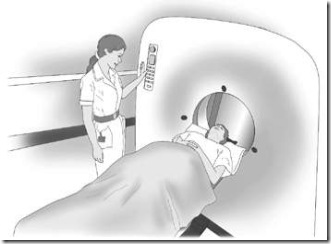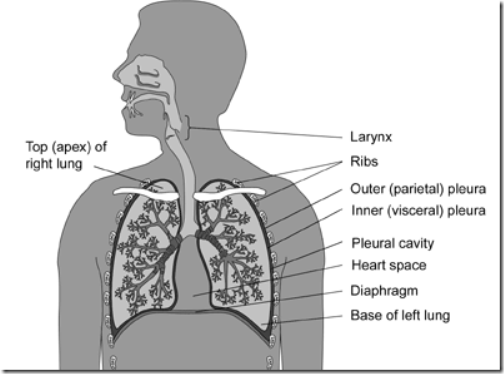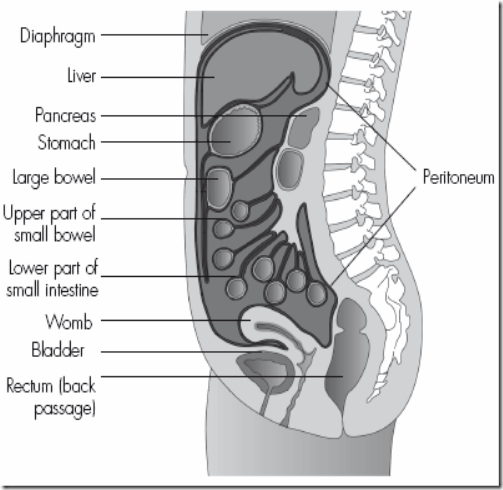5 ways to save on auto insurance
Even a small annual savings on car insurance can pay off over several years. There are many savings tips out there, but here are five ways you can save on your car insurance rates that you may have overlooked.1. Multi-policy discounts for renters
Look for an insurance company that will give you a multi-policy discount for carrying both your auto and renters insurance with them. Home owners can usually save money by combining auto and home insurance policies together, but some companies will also extend multi-policy discounts to tenants who carry their renters insurance.2. Keep up with the changes in your life
Small changes in your life could result in a discount, or a reduction in your car insurance premium. For example, if you've made the last payment on your auto loan, be sure to remove Guaranteed Auto Protection (GAP) coverage from your policy.If your vehicle is stolen or involved in a wreck, GAP insurance covers the difference between a car's actual and the amount you owe to the leasing or finance company. Maintaining this coverage after your vehicle has been
Likewise, if your commute changes, or you stop using your car for business, make sure to let your auto insurance company know. Every change could mean fewer dollars spent.
3. Good student discounts
Parents often inquire about the discount for driver's education, but the real savings is the good student discount. Hold your children accountable to make good grades, and it will keep costs down.4. Ditch the kids as soon as you can
No one wants to create a hardship for their children, but your teen driver can drive up your auto insurance cost. You don't want their tickets or accidents to cause your premiums to rise. Plus, your children don't have as many assets to protect as you do, so they can afford to carry lower liability limits. Set them up on their own auto insurance policy, and subsidize the cost.5. Trim auto insurance coverage when your needs decrease
Unless it is a collectible, sell a car you are not using. The cost of keeping an unused or seldom-used vehicle ready to go far outweigh the cost of renting one when you need it.Ryan Hurlbert
Ryan Hurlbert lives and works in the Pacific Northwest. As an insurance agent, he produced and presented educational seminars on various topics from insurance basics to strategies for dealing with teen drivers. He has researched and produced marketing materials in the insurance, auto, and financial industries. Ryan majored in business and received his Bachelor of Science degree from Portland State University.


